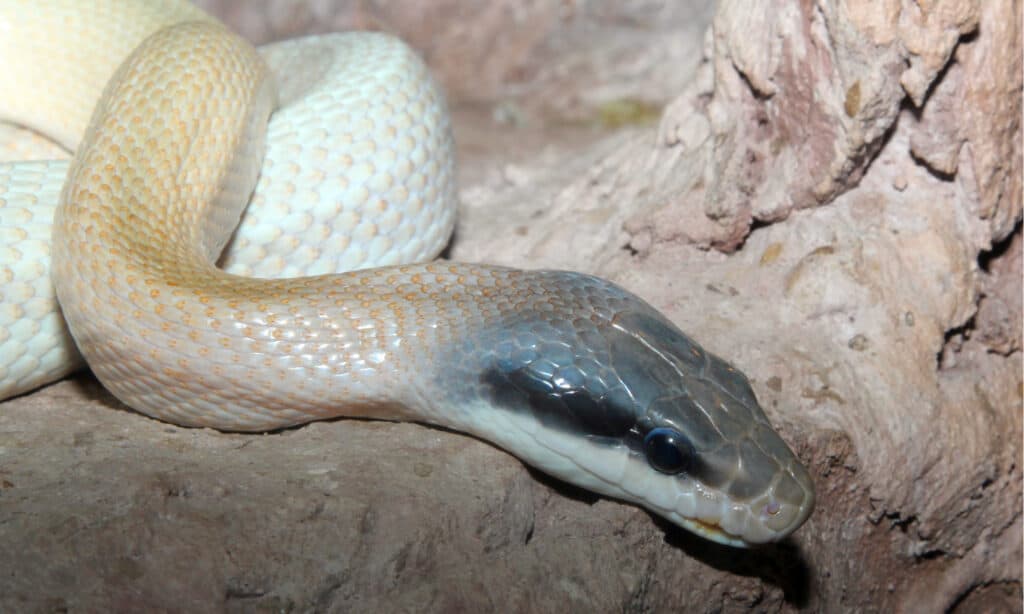Introduction
Tiger serpents are amongst the most popular and feared reptiles in Australia, commonly recognized for their striking look and potent venom. This post aims to explore the complexities of the tiger snake's habitat, distribution, habits, and what one can expect when coming across these interesting animals. By recognizing where to find them and just how to navigate potential threats, Is a brown snake poisonous you can value snakes in Tasmania their function in the community while guaranteeing your security.
Tiger Serpent Habitat: Where to Locate Them and What to Expect
Tiger snakes are mainly found in southeastern Australia, consisting of Tasmania, where they flourish in a selection of settings. Their versatility enables them to populate varied terrains such as coastal regions, wetlands, meadows, and even city locations.
Geographical Circulation of Tiger Snakes
The geographical reach of tiger serpents extends across several Australian states. They are especially usual in:
- Tasmania: The Tasmanian tiger serpent is one of the most recognized subspecies. Victoria: Located near water bodies like rivers and lakes. New South Wales: Choosing bushland locations near to water sources. Western Australia: More generally seen around swamps and estuaries.
Understanding the geographical circulation is important for both preservation efforts and public recognition concerning encounters with these snakes.
Preferred Environments of Tiger Snakes
Tiger snakes grow in numerous environments. Below are some common settings where they might be located:
Wetlands: They prefer marshy or marshy areas where they can access victim easily. Coastal Regions: Near beaches or rough coastlines provide bountiful food resources like fish and amphibians. Forested Areas: Thick underwood supplies shelter from predators while offering hunting grounds.Behavioral Patterns Connected to Habitat
Understanding tiger snake habits within their environments is crucial for communication monitoring:
- Nocturnal Activity: Tiger serpents tend to be a lot more energetic during golden hours (sunset and dawn), making them tougher to spot during daytime. Territorial Nature: They display territorial behavior; hence, it's critical to value their room if encountered.
This understanding can aid alleviate unwanted interactions between human beings and tiger snakes.
Are Tiger Snakes Venomous?
Yes, tiger serpents are undoubtedly poisonous. Their poison has neurotoxins that can cause paralysis and even death if untreated.
What Makes Their Venom Dangerous?
The effectiveness of a tiger snake's poison varies relying on a number of factors:
- Geographic location Individual health Quantity infused throughout a bite
Symptoms of a Tiger Snake Bite
Recognizing signs early is essential:
- Pain at the bite site Swelling Difficulty breathing
Immediate medical attention is vital if bitten.
First Help for Serpent Bites
Knowing first aid treatments can be lifesaving in instance of a snake bite.
First Aid Tips for Snake Bites
Stay calm; keep the affected area still. Call emergency situation solutions immediately. Apply a stress plaster above the bite site. Keep the private relaxing till aid arrives.Following these actions can significantly boost outcomes adhering to a snake encounter.
Where Else Can You Encounter Tiger Snakes?
While death adder snake they're usually located in their all-natural environments, urbanization has led to boosted experiences with humans.
Urban Encounters
Tiger snakes might venture into yards or parks looking for food or water sources.
Precautions When Treking or Exploring
When discovering locations recognized for tiger serpent habitats:

- Wear thick boots Stay on paths Be vigilant
Taking these precautions will certainly help decrease threats while you enjoy nature.
Baby Tiger Snakes: An Unique Perspective on Growth
Just like grownups, child tiger snakes are born venomous however smaller in dimension.
Characteristics of Baby Tiger Snakes
- Size: Usually around 20-- 30 centimeters when born. Appearance: Sport similar coloration as adults however might have lighter bands initially.
Understanding their development aids in valuing their eco-friendly duty from early stage onward.
FAQs regarding Tiger Snakes
1. Are all tiger snakes venomous?
Yes, all species of tiger snakes possess poison capable of triggering significant harm.
2. Exactly how can I determine a tiger snake?
Look for distinct banding patterns ranging from yellowish-brown to blackish colors along their bodies; grownups usually grow in between 1-- 2 meters long.
3. What should I do if attacked by a tiger snake?
Seek immediate clinical attention; use first aid procedures as reviewed earlier while maintaining calm.

4. Do infant tiger serpents position any kind of danger?
Absolutely! In spite of their tiny size, infant tiger serpents are still venomous and can provide bites that need severe medical attention.
5. Are there any details habitats I need to avoid?
Avoid going through thick underbrush or near stagnant water where problems prefer snake existence during warmer months.
6. Just how do conservation efforts affect tiger serpent populations?
Conservation efforts concentrate on habitat preservation which directly affects populace stability by ensuring sufficient food resources and secure breeding locations.
Conclusion
In recap, comprehending "Tiger Serpent Habitat: Where to Find Them and What to Anticipate" not just enriches our knowledge regarding these amazing reptiles but additionally improves our capacity to exist together securely with them in shared atmospheres. From identifying their preferred environments to understanding exactly how to respond successfully if bitten, extensive knowledge encourages all of us-- whether we're wild animals enthusiasts or laid-back hikers-- to value this interesting facet of Australia's all-natural heritage while prioritizing our safety.

This short article functions as a comprehensive overview on every little thing pertaining to tiger serpent habitats! Whether you're a serious explorer or someone looking simply for information about these creatures, knowing just how they communicate within their environments-- and how we match that photo-- is crucial!